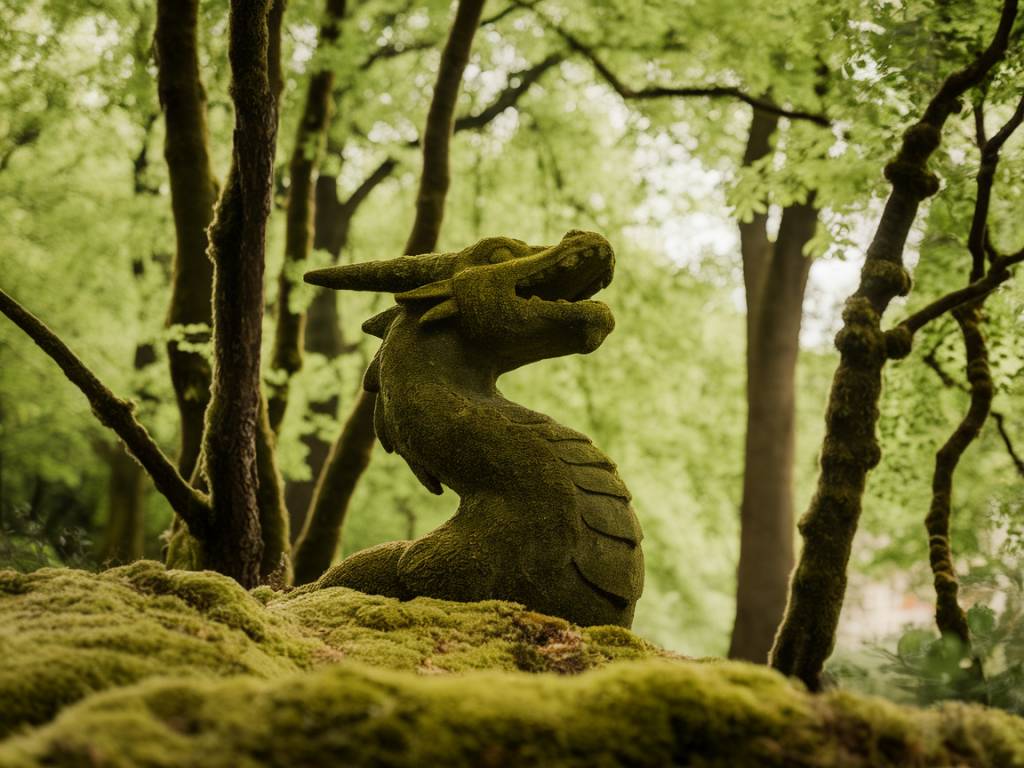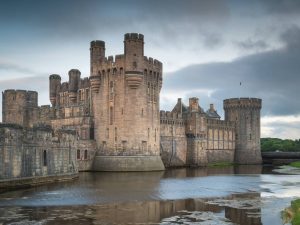The power and allure of Welsh myths and legends

The power and allure of Welsh myths and legends
The Enchanting World of Welsh Myths and Legends
Wales, a land of rugged mountains, mystical valleys, and ancient castles cloaked in mist, is a place where stories whispered through generations still echo. Welsh myths and legends hold a unique power, weaving together history, culture, and tradition, creating tapestries of wonder that intrigue not just the locals, but visitors from around the globe. Have you ever wondered why these stories endure? Sit back, grab a cup of steaming Welsh tea, and let’s dive into a few of these captivating tales.
The Origin of Myths in Wales
Every corner of Wales seems to have its own story. Perhaps this is because Wales has one of the richest oral storytelling traditions in Europe. Back when druids practiced their rituals and bards sang poetic sagas in the courts of kings, these myths were a way to explain the world, entertain, and preserve a shared sense of identity. Unlike some legends that exist only in dusty tomes, Welsh myths feel alive, pulsing through the heart of the landscape itself. Isn’t it fascinating how a story can shape the soul of a place?
The Mabinogion: A Treasure Trove of Mythical Tales
No discussion of Welsh legends is complete without mentioning the Mabinogion, a collection of medieval Welsh tales brimming with magic, romance, and heroism. These stories are considered some of the oldest recorded narratives in Britain, yet they still feel incredibly vibrant.
Take the tale of Pwyll, Prince of Dyfed, for instance. In a surprising twist of events (and a magical pact with a mysterious stranger), Pwyll exchanges identities with Arawn, the ruler of the Otherworld. When he triumphs over Ysbaddaden, a fearsome giant, Pwyll becomes forever woven into the tapestry of Welsh myth. Does this story of loyalty, magic, and friendship not speak to universal human emotions?
Legendary Dragons and Symbols of Power
Ah, the dragon—the beating heart of Welsh mythos. The red dragon, or Y Ddraig Goch, is more than just a symbol on Wales’s national flag; it’s a creature of legend that represents resistance, strength, and the indomitable spirit of the Welsh people.
One of the most well-known tales is the battle between the Red Dragon and the White Dragon, a metaphorical clash of cultures recorded by Geoffrey of Monmouth. The Red Dragon’s victorious roar became a rallying cry, representing the triumph of the Welsh against invaders over centuries. Isn’t it poetic how mythology mirrors history?
The Mystical Lake of Llyn y Fan Fach
Deep in the serene Carmarthenshire hills lies Llyn y Fan Fach, a lake shrouded in mystique. According to legend, here a young farmer met a beautiful maiden who emerged from the water. She became his wife under one condition: he must never strike her three times. Of course, as in many folktales, this condition was broken, and she returned to the lake forever, leaving behind her sorrowful husband.
Their children, however, were said to have become the Physicians of Myddfai, renowned healers whose herbal remedies influenced Welsh folk medicine for centuries. Doesn’t it make you wonder how much truth is buried within such enchanting tales?
King Arthur: A Welsh Legend at Heart
Yes, the legendary King Arthur is Welsh—or so the story goes. While his tales have been embraced by Britain and the world, many of the earliest surviving accounts place Arthur squarely in the Welsh tradition. From his fierce battles with Saxon invaders to magical escapades with Merlin, Arthur’s story is saturated with the lush landscapes and cultural essence of Wales.
Some historians even claim that Arthur’s final resting place, Avalon, is none other than Ynys Enlli (Bardsey Island) off the coast of North Wales. Whether true or not, this connection adds another layer of mystery and wonder to the tales of the Once and Future King.
Folklore Intertwined with Landscape
One of the most remarkable aspects of Welsh myth is how deeply it is rooted in the landscape. Castles crumble, valleys echo, and rivers dance with history. Consider Cadair Idris, a mountain in Snowdonia said to be the seat of a giant. The myth warns that anyone spending the night on its summit will awake as either a poet or a madman. Would you dare?
These geographic links make exploring Wales a journey not just through scenic beauty, but through living, breathing storytelling. Every hill and hollow holds a secret waiting to be discovered.
The Myths in Modern Wales
While these stories are ancient, they’re far from forgotten. Festivals and traditions across Wales continue to honor its mythic past. The Eisteddfod, for instance, celebrates bardic poetry and music in the spirit of ancient storytelling. Meanwhile, tourists seek out the sites linked to these tales, from the ancient standing stones of Anglesey to the mythical shorelines of Pembrokeshire.
It’s not just locals keeping the myths alive—writers, filmmakers, and even video game developers are continuously drawing inspiration from Welsh legends. Has a legendary tale inspired your own creativity?
Why These Myths Still Matter
Welsh myths and legends are more than just old stories—they are the heart and soul of a nation. They embody resilience, creativity, and a profound connection to history and nature. These tales remind us that the past, no matter how distant, can still speak to us today.
So, why not let these legends inspire your next visit to Wales? Imagine standing on the shores of Llyn y Fan Fach or climbing Snowdonia while picturing Arthur, the dragons, or Pwyll venturing through those same landscapes long ago. Doesn’t it make the prospect of exploring Wales all the more irresistible?





